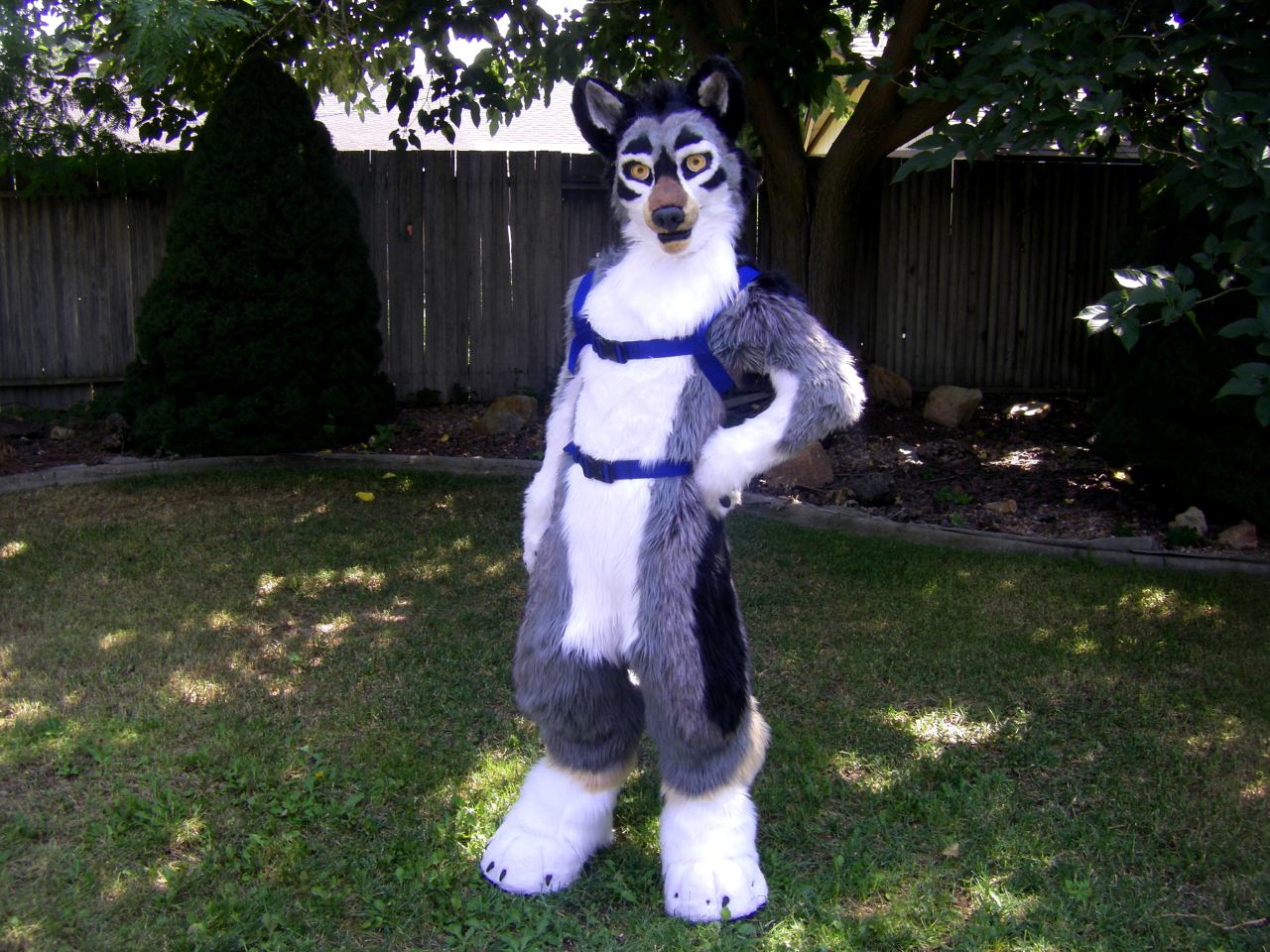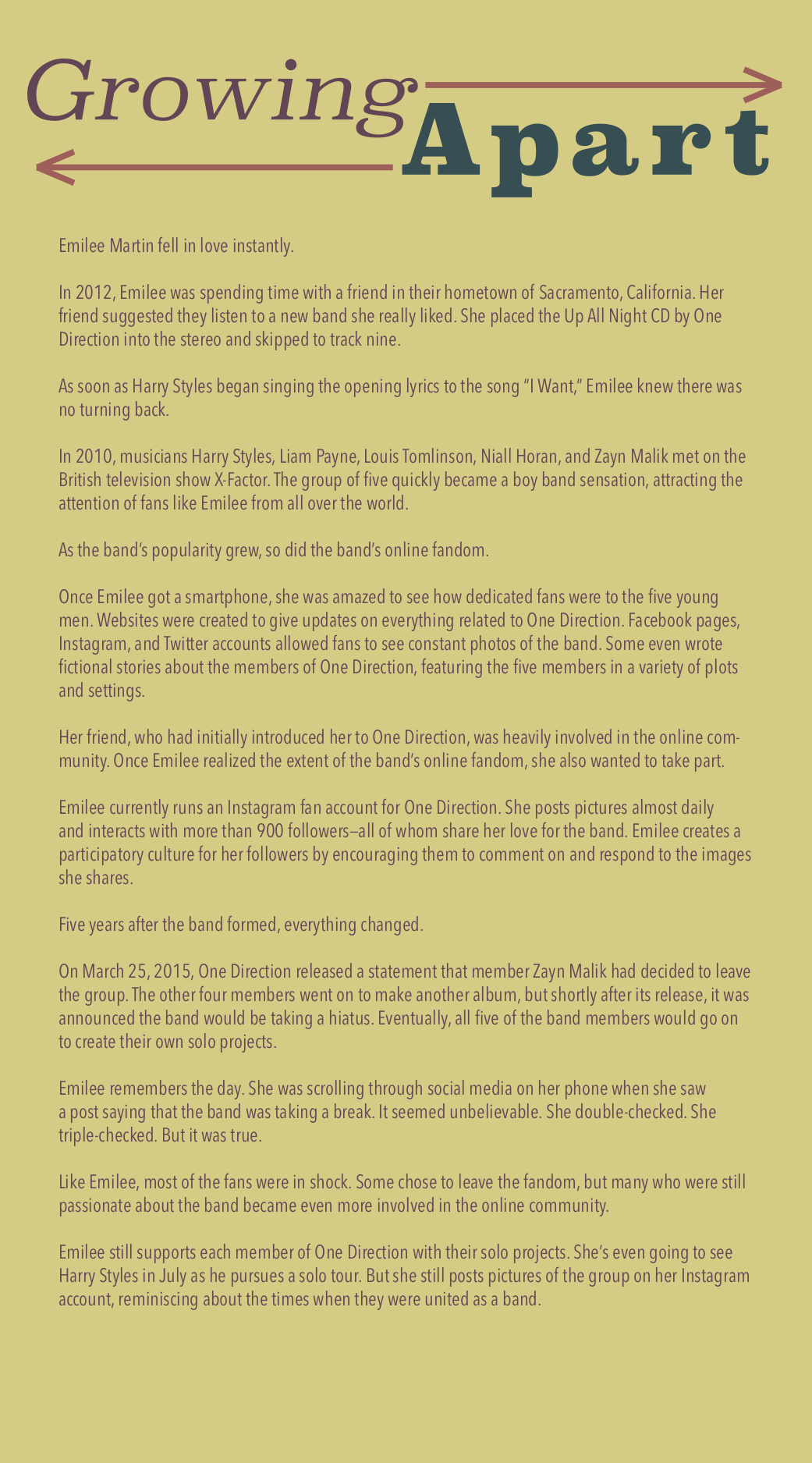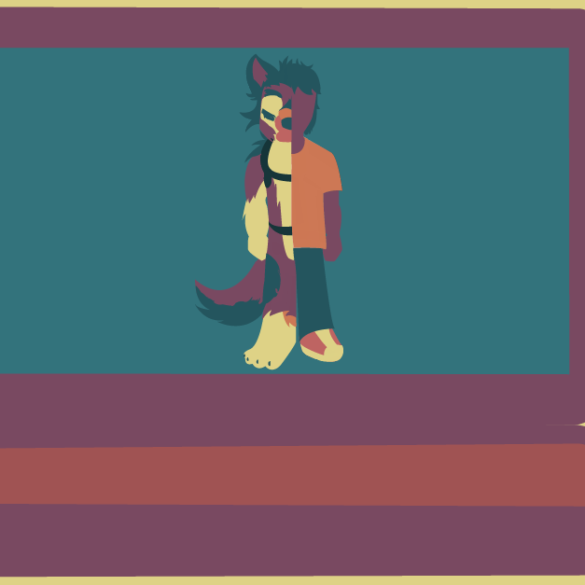The internet has provided means for fans from all realms to share, participate, and form friendships across the globe.
John Miller, a 24-year-old college junior, spends his days studying software engineering at the Idaho campus of Brigham Young University. He is involved with the Mormon church, is passionate about drawing, and loves Nintendo—so much so, that he hopes to one day be a game designer.
He takes on many identities: student, Mormon, artist, and gamer. But John also calls himself a furry.
Furries, explains John, are individuals who have an interest with anthropomorphic animals, or creatures who have some human-like traits. Most furries also adopt a “fursona,” which is an animal alter-ego used to represent oneself in the furry community. (John’s fursona is a gray and white timber wolf named Dart.)
While many furries spend time together at meetups or conventions, a majority of the interactions between the fans happen online.
Finding Fans
According to a study by Pew Research Center, more than 90 million Americans have participated in an online group. Individuals join internet communities for a variety of reasons—reconnecting with old friends, joining online trade associations, or seeking support for a health issue, for example. But for many, mutual interests foster online environments where individuals can feel free to express themselves and bond with other fans, otherwise known as a fandom.
According to an article published by Grinnell College, fandoms are communities formed over a shared interest in popular culture, such as a book, film, television show, band, or, in John’s case, anthropomorphic animal characters.
Today, fandoms mostly thrive online; however, as Henry Jenkins, a leading scholar in the media field and the provost professor of communication, journalism, cinematic arts, and education at the University of Southern California, says, these type of communities existed long before the invention of the internet.

As Jenkins explains, fandoms got their true start when the printing press reached its peak ability in the 1850s and 1860s; individuals would set type and print their own newspapers and newsletters centered around a shared interest, such as an organization or hobby, and circulate them nationally. This sparked interest and created conversations with other fans across the country.
Once the radio was invented, fandoms began to spread even more. Individuals were able to communicate over ham radio on a national level to discuss shared interests and passions—particularly when it came to science-fiction. Many science-fiction fandoms were created during this time, Jenkins says.
Even later down the road, when Jenkins studied as an undergraduate at Georgia State University, he and some of his peers were fascinated with Star Trek. Although they could not interact with other fans in the online world, they participated in a newsletter that focused on the science-fiction media franchise, corresponding with other individuals across the U.S. to discuss the latest episodes.
When John was younger, he developed both a passion for drawing, as well as mythical creatures—specifically werewolves. He soon learned if he went online, he could find what he describes as “beautiful, tasteful drawings” of the animals. Not only did he find art, but he found online friends who shared his same passions. He discovered DeviantArt, a website that allows users to submit their own original artwork, videography, and photography. He soon began submitting his own drawings to the site.
As time went on and John began exploring the internet more, he happened upon the furry community.
John’s first step into the community was through a Facebook group. Around five years ago, one of his friends he met on DeviantArt mentioned there was an online group he may be interested in joining. The page served a dual-purpose because it was for individuals who were not only furries, but who also shared John’s Mormon faith. Today, the group has around 340 members who identify as both a furry and Mormon. John says most Mormons aren’t furries, and most furries aren’t Mormons, but he finds the two groups to be “very kind and excellent”—which makes him proud to be involved with both.
Today’s technology makes joining fandoms easier. A quick Google search usually shows someone hundreds of individuals who share the same love for a band, game, book, or whatever interest they have. John, for example, would have had a difficult time meeting others in his day-to-day life who share both his Mormon faith and identity as a furry. The Facebook group, though, provided an easy entry point for him to find other fans who shared both his passions.
Pushing for Participation
As John became more involved with the fandom, he was amazed at how supportive and open everyone was. The fandom encouraged him to share his artwork with more people than he had before.
The term participatory culture was first created by Jenkins through his research. In a participatory culture, Jenkins explains, individuals do not solely consume media; rather, they also serve as producers and creators, contributing their own works to the community. This allows the average person to have a greater access to making and sharing his or her voice.
Even today, John continues to post his furry-inspired art to DeviantArt. However, he also found another participatory culture on a website called Fur Affinity. While it is structured in a similar way to DeviantArt, allowing users to share their own artistic creations, the site is specifically dedicated to artwork by furries.

Participatory cultures typically give users many benefits, explains Alex Lukens, instructor of emerging media design and development at Ball State University, says members of participatory cultures communicate openly and typically value one another’s contributions, whether that be through text, photos, videos, or other forms of media. Within this culture, users also can add to a collective intelligence, learning and feeding off each other’s ideas.
Forming Friendships
John has met many of his close friends in the furry community—both online and offline. Before attending the Idaho campus of Brigham Young University, he went to the school’s main campus in Provo, Utah. While there, he connected with other furry students on campus.
It was also during his time in Provo, John says, he was able to meet one of his best friends face-to-face. While the two had originally connected over the internet through the furry community, they had never gotten the chance to meet in real life. John’s friend, though, flew all the way from England to Utah to spend time with him.
John’s artwork, too, has allowed him to make connections not only across the United States, but even across the globe. He sells his drawings to furry members from all over. And, John even used to create fursuits—a costume an individual will wear when taking on his or her fursona. He made a fox suit (which he says is one of his proudest accomplishments) and sent it to a fellow furry in Australia.
Cindy Vincent, an assistant professor at Salem State University whose research focuses on civic and participatory media, says individuals who take part in this participatory online world can even gain benefits in the ‘real’ world. Online communities that encourage creation and conversation help many feel more comfortable interacting with others in their normal, day-to-day lives.
John says it’s hard to tell what the future holds once he graduates. For him, though, the furry community has given him a place to share his artwork, learn from others, and form some of his closest friendships.





